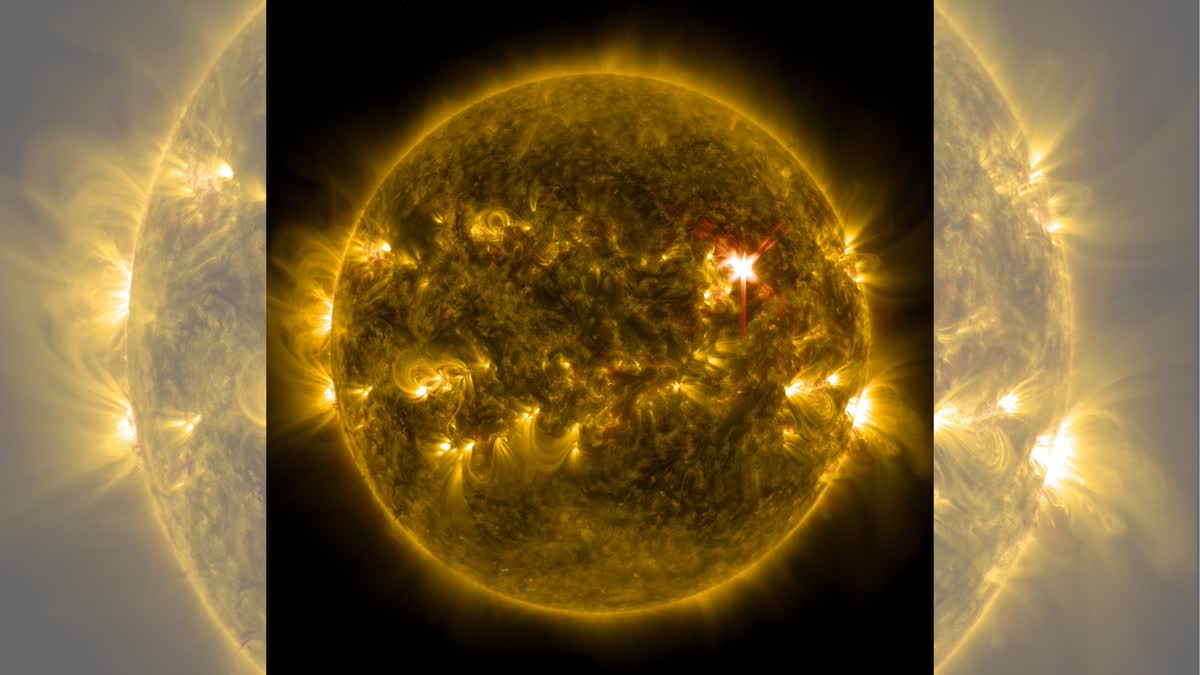Bengaluru: The Indian Institute of Astrophysics (IIA) has designed, assembled, and tested the Visible Emission Line Coronagraph (VELC), one of the seven payloads of India's first solar scientific space mission Aditya-L1 conceived to study the sun.
The Indian Space Research Organisation (ISRO) is all set to launch Aditya-L1 from its Sriharikota launch pad in Andhra Pradesh on Sept. 2. Here is everything you should know about the VELC on board
Building the VELC-The IIA has said the VELC was developed in close collaboration with the ISRO, in a statement. "IIA had to build India's first large sized 'Class to Clean Rooms' at (sic) its CREST campus in Hosakote to assemble VELC."
Six other payloads onboard Aditya-L1-The satellite will carry six more payloads - Solar Ultraviolet Imaging Telescope (SUIT), Aditya Solar Wind Particle Experiment (ASPEX), Plasma Analyser Package for Aditya (PAPA), SoLEXS-Solar Low Energy X-ray Spectrometer (SoLEXS), High Energy L1 Orbiting X-ray Spectrometer HEL1OS, and Magnetometer with enhanced science scope and objectives possible by extensive remote and in-situ observation of the Sun.
Initial plan-According to the IIA, the present mission was conceived as Aditya-1. It was proposed to carry a 400 kg class satellite carrying lone payload developed by the institute - the VELC. As per plan, it was to be launched in an 800 km low earth orbit.
How Aditya-1 became Aditya-L1-Further brainstorming accounted the fact that any satellite placed in the halo orbit around the first Lagrangian point (L1) of the Sun-Earth system has the major advantage of continuously viewing the Sun without any occultation/eclipses.
